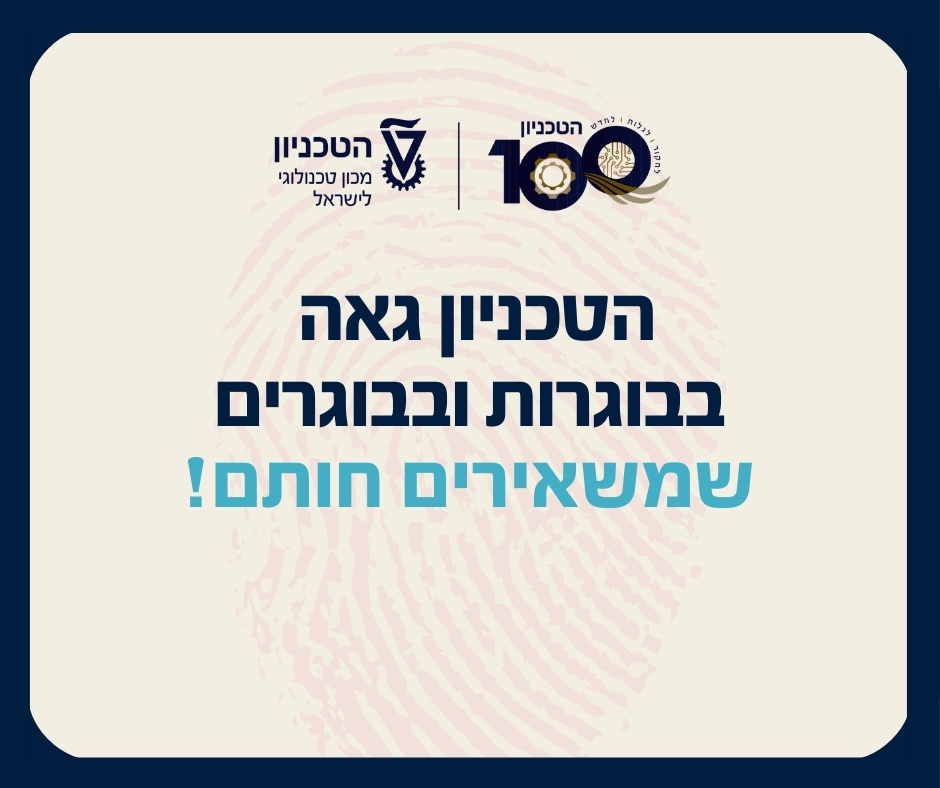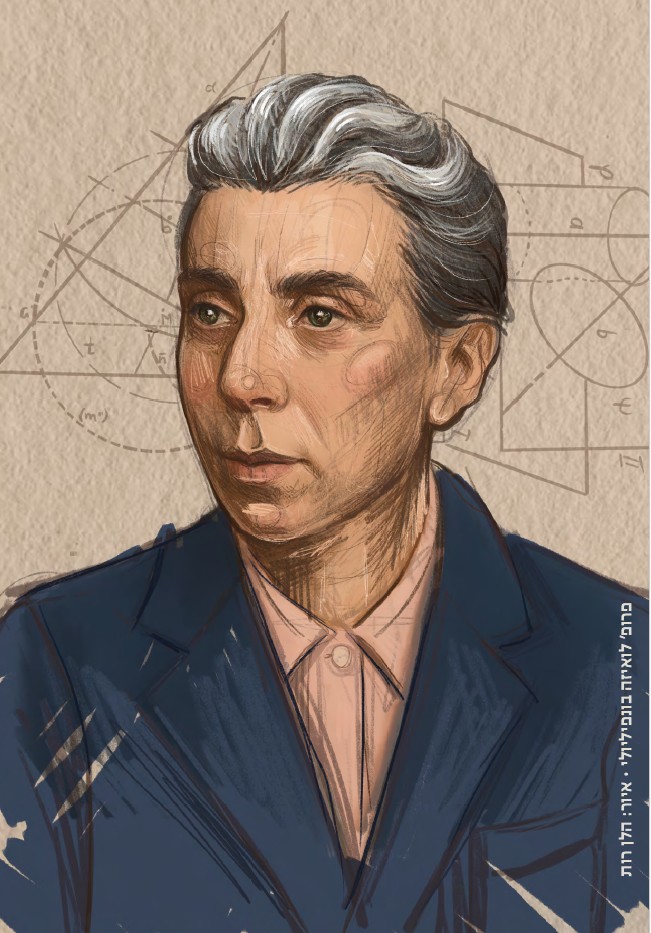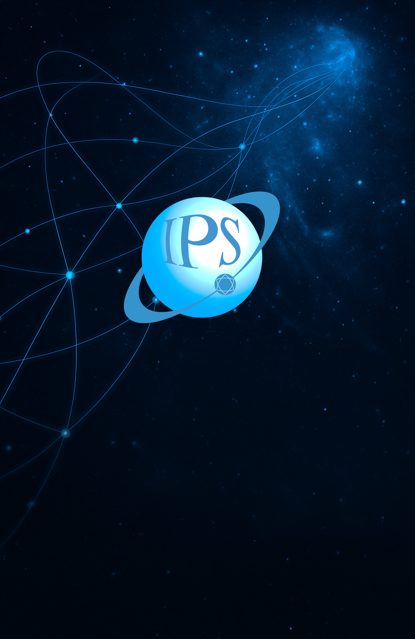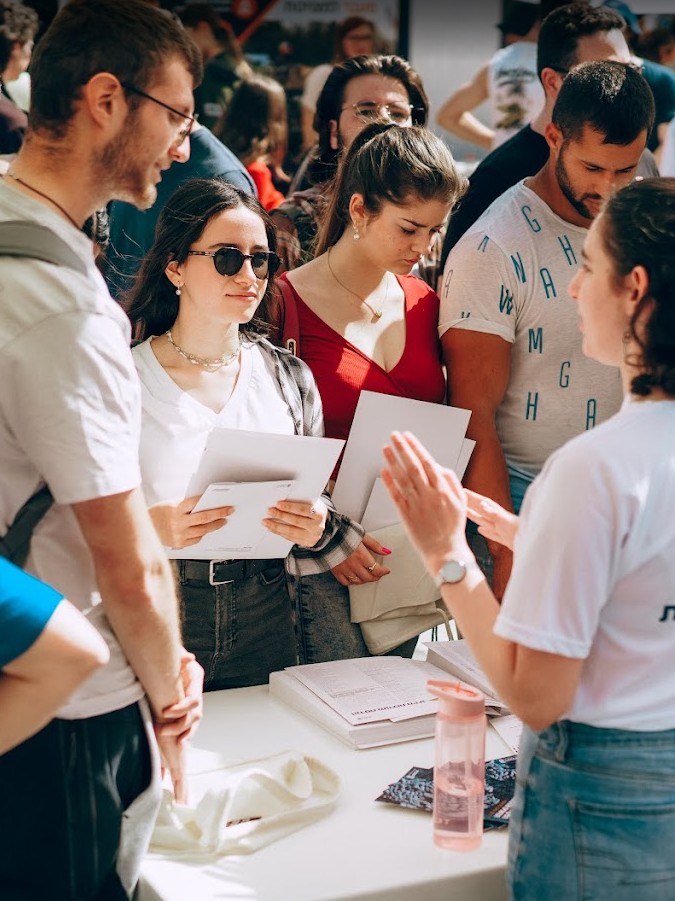הטכניון גאה בבוגרות ובבוגרים שמשאירים חותם!
ומברך את 1,904 בוגרות ובוגרי מחזור צ"ו על סיום התואר הראשון ומאחל המון הצלחה בהמשך הדרך!

ומברך את 1,904 בוגרות ובוגרי מחזור צ"ו על סיום התואר הראשון ומאחל המון הצלחה בהמשך הדרך!

חוקרי הטכניון פרופ' מורן ברקוביץ ופרופ' נעמה גבע-זטורסקי זכו במענקי ERC PoC מטעם הנציבות האירופית למחקר (ERC).

התאומים אופק ושחף הר-אבן השלימו את התואר הראשון באותו מסלול בטכניון, כשבמקביל הם מקימים ומתפעלים עסק משפחתי, מתקבלים לחברת אפל ועושים 250 ימי מילואים כל אחד

מחקר שנערך בפקולטה להנדסת ביוטכנולוגיה ומזון בטכניון מגלה הבדל בין נשים וגברים בעיכול חלבונים ממקורות שונים


תערוכת "מראות מקום"
01.06.2025 ראשון, בשעה 09:00
הוספה ליומן

טקס הענקת תעודות לבוגרים מחזור צ״ו
14.07.2025 שני, בשעה 19:00
הוספה ליומן

הכנס השנתי של האגודה הישראלית לפיזיקה
15.07.2025 שלישי, בשעה 08:30
הוספה ליומן

יום פתוח ב-ZOOM לפקולטה למדעי המחשב
17.07.2025 חמישי, בשעה 18:00
הוספה ליומן

"טכניון על הבר" - הרצאה אחרונה לשנת 2025
31.07.2025 חמישי, בשעה 20:00
הוספה ליומן

יום פתוח לפקולטות המדעיות בטכניון
06.08.2025 רביעי, בשעה 09:30
הוספה ליומן
100000
בוגרים
18
פקולטות
15000
סטודנטים
60
מרכזי מחקר
ברחבי הקמפוס